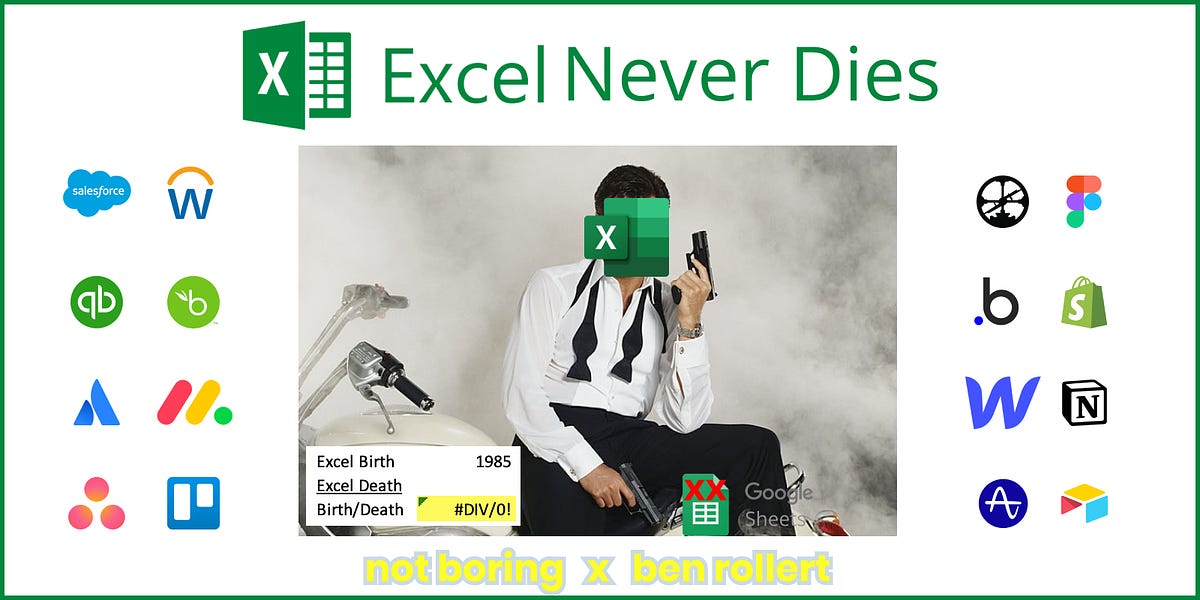- Edgevanta Weekly
- Posts
- edgevanta weekly 🚀 🛣️ 6.21.24 - winning the unit price game | excel | gen Z labor
edgevanta weekly 🚀 🛣️ 6.21.24 - winning the unit price game | excel | gen Z labor
Your essential guide to dominating the construction bidding and building world with the latest tech, market trends, and wisdom.

winning the unit price game
TL;DR: Know the money game you are playing. In the unit price game, you can make a lot of money managing over and under-runs (over/under) if you do it right.
Whenever someone tells me they are bidding jobs at no profit and still getting beaten, I look at the bid tabs. What I’ve seen is the competition just out-hustling them with quantity takeoffs and pricing strategy.
Here’s how unit price or bid-build construction bidding works: The engineer gives contractors a list of pay items on the job (e.g. feet of pipe, tons of asphalt) with the expected quantities for the items. Contractors provide a unit price for each item. You multiply the engineer’s quantity by the unit price to get the item’s total extended price. Add up all the extended prices and you get a total bid price. As long as the job is within budget, whoever has the low compliant total bid wins.
There are some “lump sum” items the contractor is basically guaranteed to get paid for (e.g. mobilization, traffic control) but 95%+ of the items are quantifiable. This means that as the contractor you only get paid for the quantity actually performed on each item. Sometimes the engineer’s quantities are wrong and savvy contractors capitalize on this by identifying discrepancies and strategically moving money around in their bid to try to get the highest profit margin with the lowest total bid price. As long as they are playing by the owner’s rules, there is nothing wrong with this. As they build the job, they tightly manage their over/under.
Some owners think it creates “unfair” advantages for contractors. I’m not buying it. They are the ones who decided to use unit price low bid and there are plenty other contracting methods to choose from. They try to combat it through capping lump sum percentages or even tossing out bids, but they bring it on themselves. What they should do is just get their quantities right and then it’s not a problem. Until then, like an NBA player flopping or an NFL offensive lineman holding, it’s part of the game.
You see, what matters to contractors is not the engineer’s expected quantities. Instead, what matters is what you think the final quantities will be because that determines how much work you will do on each item and this drives how much profit you will make.
7 Tips for over/under:
Analyze historical over/under trends. There are patterns. Use them to your advantage.
Train estimators to perform, share, and double check takeoffs.
Know your owners. Trust your gut. It ain’t all spreadsheets. Remember, you’re married to your unit prices so you have to be right most of the time. One bad item can kill a job or a company.
Know your competitors. Risk requires reward. If a contractor is willing to take risks others are not, their margin must reflect it.
Under is better than over because repercussions are low (nobody cares) afterwards if an item under runs, whereas the opposite is true for over.
Track over/under on active jobs.
Field supervision must understand the implications of over/under.
The beauty of over/under is that it’s universal. It applies in the most competitive markets, single bidder markets, and everything in between. Know the game you are playing and you will win.
Thanks for reading our international edition this week ~ written from a cafe ☕ in the Lofoten Islands in Norway 🇳🇴 (vibes 😊 below 👇)


excel never dies
TL;DR: ”If you want to see the future of B2B software, look at what Excel users are hacking together in spreadsheets today.” I consider this great writing.
Given what you know now, would you ever want to go back to pricing jobs in excel instead of estimating software?
gen z labor
TL;DR: Young people in the US have stigmas around choosing vocational school over a 4 year university. Gen Z values career development and advancement potential as majors drivers. Credit to SK. Labor is still a major struggle… How are you trying to solve it today?
Stoic Wisdom Quote:
“How much credence we give to the opinions our peers have of us, and how little to our very own” - Marcus Aurelius
Reflect on this as we embark on another week of bidding and building!
We value your feedback. Tell us what you think about this week’s newsletter below!
How would you describe today's newsletter?Leave a rating to help us improve the newsletter. |
Warmly,
Tristan
Tristan Wilson is the CEO and Co-Founder of Edgevanta. We make software that helps contractors win more work at the right price. He is a 4th Generation Contractor, construction enthusiast, bidding nerd, ultramarathoner, and paving nut. He worked his way up the ladder at Allan Myers in the Mid-Atlantic and his family’s former business Barriere Construction before starting Edgevanta in Nashville, where the company is based. Reach out to him at [email protected]


